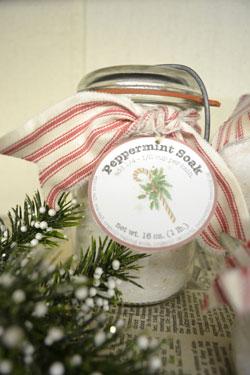Things to Know About Bath Salts Ingredients
Bath salts in various compositions and colors can be found for sale in bath products shops, or in supermarkets. But you can always make your own bath salts, if you want.
It's not difficult to create your own bath salts. All you need is some sea salt, or even kosher salt, Epsom salt, and some essential oils and/or fragrance oils. If you want to give your salts a nice, decorative touch, you can also add some food coloring.
However, here's a thing or two regarding the ingredients to use in your bath salts.
First of all, Epsom salt is a rather different kind of salt, from the usual sea salt or rock salt. Rock salt or sea salt have sodium and chlorine in large quantities, while Epsom salt is actually magnesium sulfate, evidently made of two different elements, magnesium and sulfur. So, if you're going to make your own bath salts, it's best to use Epsom and a different type of salt, so that your final composition would contain more minerals.
Dead Sea salt is a type of salt that many people use when making bath salts. This salt has a high concentration of chloride and bromide, and also contains magnesium, sodium, calcium and potassium. The salt extracted from most ocean water contains about 97% sodium chloride, while the Dead Sea salt contains only 12-18% sodium chloride.
For any bath salts recipe to be complete, you have to add an essential oil mix. Evidently, there are so many essential oils to choose from, out there, and each one of them has its own properties. However, essential oils can be grouped in a few categories. For example, if you want your bath to have a refreshing effect, add peppermint, citrus or ginger oil to your bath salts. Or, if you want your bath to have a more calming effect, lavender or bergamot are the oils to go with.
Food colorings can be added to bath salts, to create a more esthetic effect, to make the salts look better in the final package. However, many types of food colorings, although considered non-toxic, can have some detriments on human health. For example, commonly used dyes like Red 40 or Yellow 6 can be contaminated with known carcinogens. Even though if added to bath salts the risk is probably much lower, because this way you won't be ingesting them, it's best to keep your salts all-natural, without adding any chemicals.


